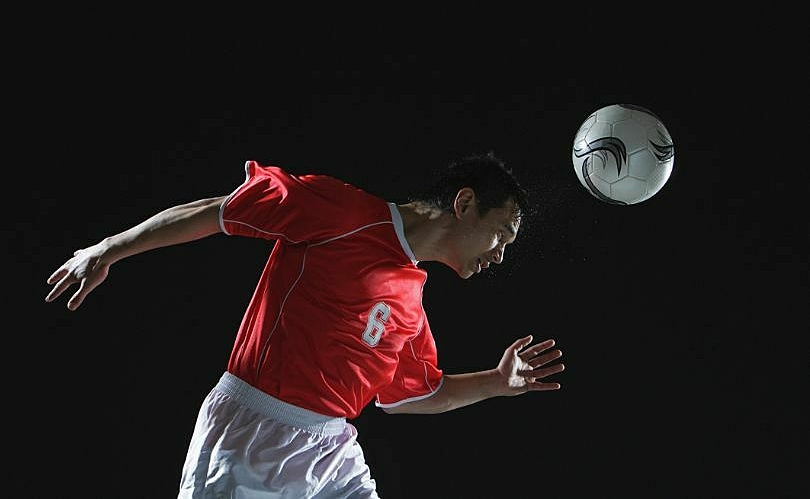A new study, supported by NeuRA Imaging, has found that 20 minutes of soccer ball heading, compared to kicking, can lead to subtle changes in the brain.
The research was led by the University of Sydney, with NeuRA Imaging assisting with magnetic resonance imaging (MRI) and other techniques to explore the impacts of heading on brain microstructure, chemistry, and function.
The research showed reduced electrical conductivity in several brain areas, as well as changes to brain metabolites and elevated blood biomarkers.
Further research is needed to understand the impact of heading on brain health in soccer players, including if these changes accumulate over time. However, the researchers noted that people should exercise caution when performing repeated non-concussive head impacts in sport.
You can read the paper here.





